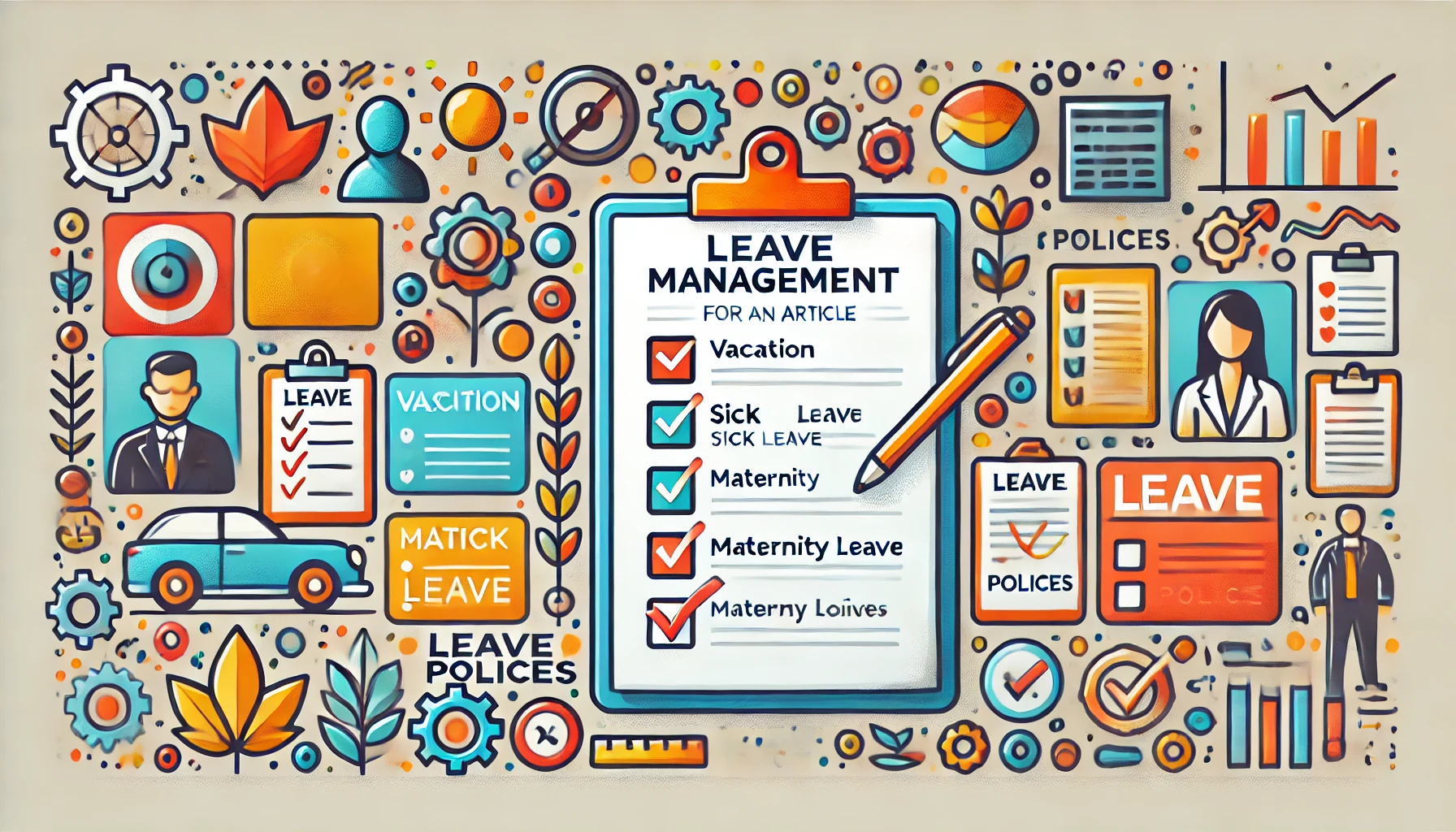Table of Contents
ToggleIn the realm of human resources management, effective leave management is crucial for maintaining a balanced and productive workplace. Two critical components that play a pivotal role in this process are “leave types” and “leave policies.” While often used interchangeably, these terms have distinct meanings and functions. This article delves into the differences between leave types and leave policies, providing insights that are vital for employers, HR professionals, and employees alike.
What are Leave Types?
Leave types refer to the various categories of absence that an employee can take from work. Each type is designated for specific situations and needs, ensuring that employees can take time off for personal matters, health issues, or family obligations without jeopardizing their employment or financial stability. Common leave types include:
- Vacation Leave: Planned absences for personal relaxation and travel.
- Sick Leave: Time off to recover from illness or care for ailing family members.
- Parental Leave: Includes maternity and paternity leave for caring for newborns or newly adopted children.
- Bereavement Leave: Leave granted to grieve and manage affairs after the loss of a loved one.
- Jury Duty Leave: Time off required by law to participate in jury service.
- Military Leave: Leave for military service obligations.
Each leave type is essential for addressing the diverse needs of the workforce and promoting a supportive work environment that respects personal and familial responsibilities.
What are Leave Policies?
Leave policies are the frameworks within which leave types are administered and regulated in an organization. These policies outline the rules, procedures, and conditions under which employees can avail themselves of different leave types. Key elements of leave policies include:
- Eligibility Criteria: Defines who qualifies for specific leaves based on factors like employment duration, job status, or full-time/part-time distinctions.
- Accrual and Usage: Details how leave is accrued (e.g., hours worked, years of service) and the conditions under which it can be used.
- Notice and Approval Processes: Requirements for applying for leave, including advance notice and necessary approvals.
- Carryover and Payout Rules: Policies regarding the rollover of unused leave into subsequent periods or the payout of unused leave upon termination.
- Integration with Legal Standards: Ensures compliance with federal, state, and local laws governing employee leave, such as the Family and Medical Leave Act (FMLA).
The Interplay and Importance of Understanding Both
Understanding the distinction between leave types and leave policies is crucial for both management and staff. Leave types provide a clear categorization of the reasons for time off, aiding employees in understanding their entitlements. Leave policies, on the other hand, offer a structural approach to how those entitlements are implemented and controlled, ensuring fairness and compliance across the board.
For employers and HR professionals, clear definitions and effective communication of these terms help in reducing confusion and disputes related to leave. It ensures that the policies are applied uniformly and fairly, enhancing employee satisfaction and retention. For employees, a thorough understanding of leave types and policies empowers them to plan their leaves better and helps them utilize their rights without fear of repercussions.
Conclusion
In summary, while leave types categorize the reasons employees can take time off, leave policies define how these absences are managed within an organization. Both are essential for effective leave management, contributing to a well-regulated and supportive workplace environment. Organizations looking to improve their HR practices should focus on developing clear, comprehensive leave policies that respect and reflect the diverse needs of their workforce, ensuring compliance and promoting a healthy work-life balance.
